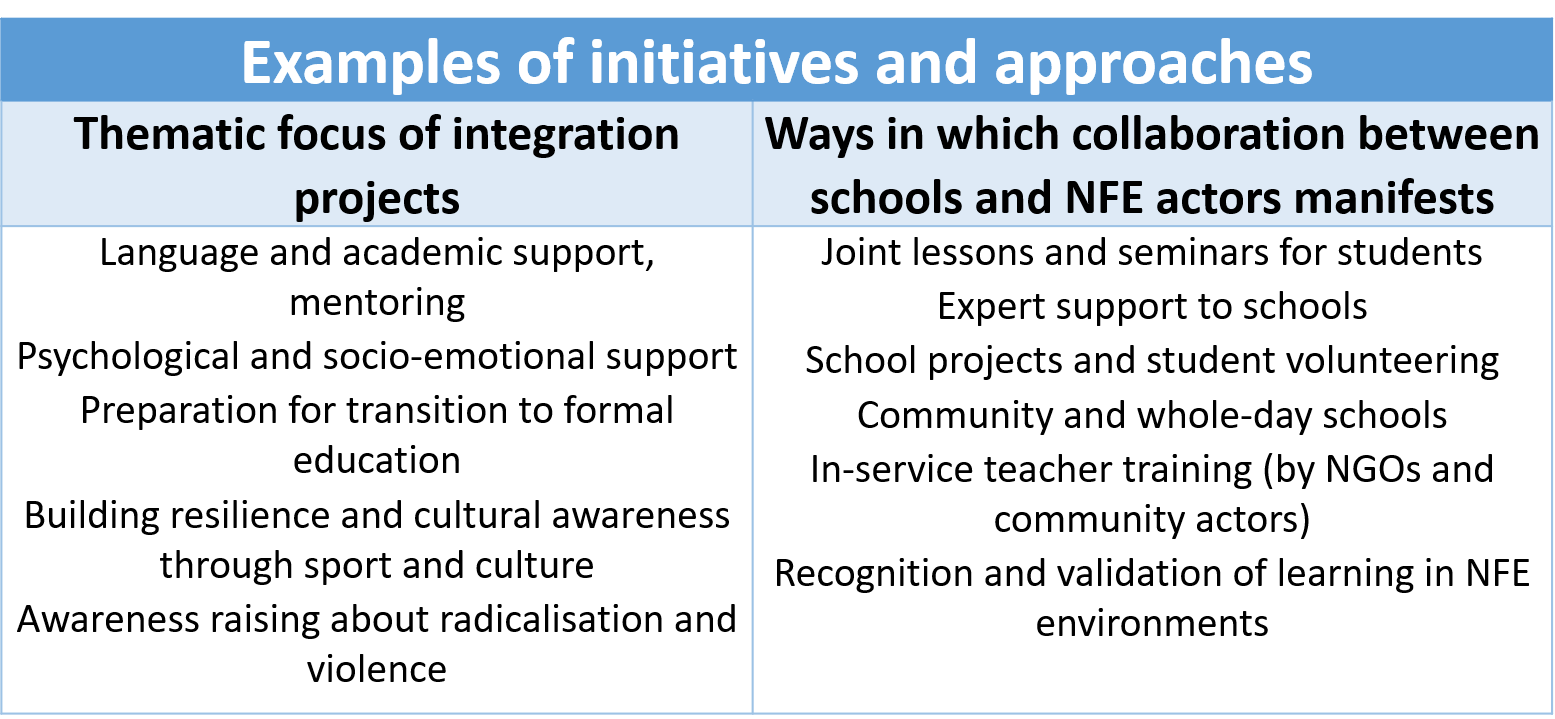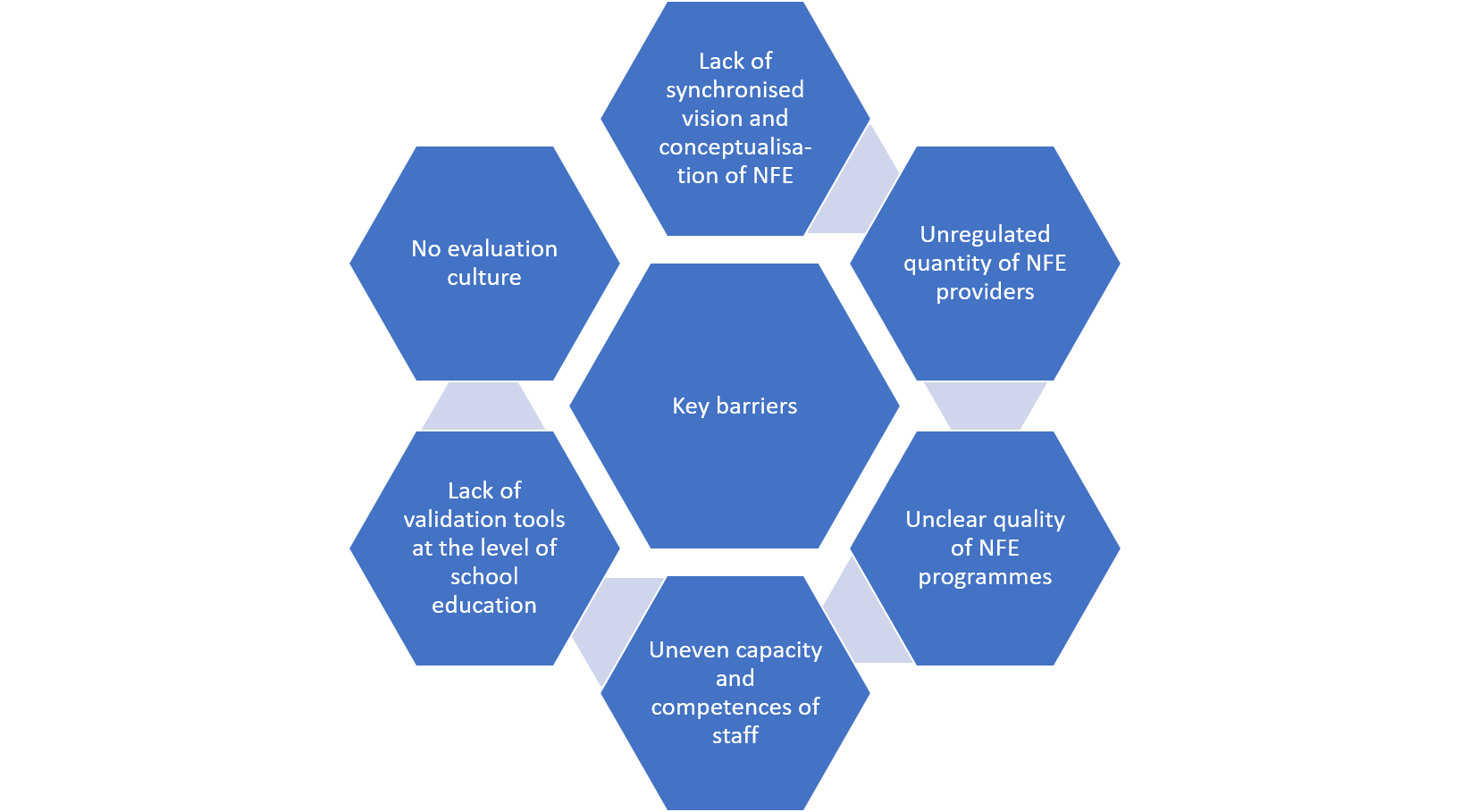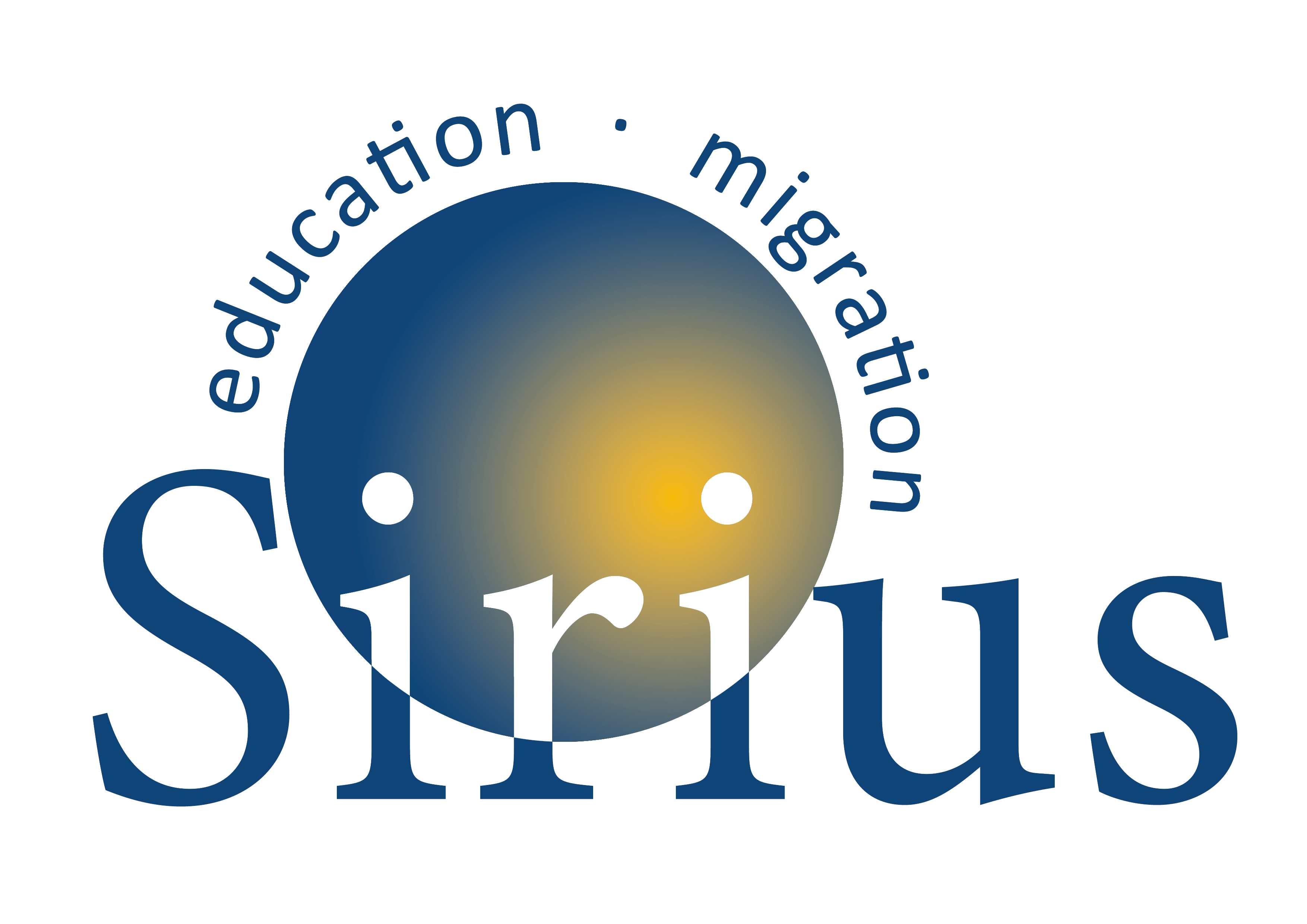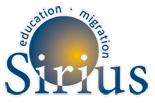NOTE ON METHODOLOGY
In 2018, SIRIUS Watch mapped how synergies between formal and non-formal education sectors can be better explored and how these synergies can be enhanced and mainstreamed in order to improve learning experiences of all children, and migrant children in particular. The data collected and analysed for the 2018 SIRIUS Watch report were based on the in-depth literature review and contributions of SIRIUS national partners, who carried out desk-based research and interviews to respond to the SIRIUS Watch questionnaires in each of the 17 Member States.
The whole-school approach and the horizontal inter-connectedness of schools is identified in the literature as one of the key factors ensuring inclusion and equity in education. Several recent EU-level and national strategies have highlighted the important role of non-formal learning in integrating children of migrant backgrounds. This is especially important, given the fact that children spend around 85% of their active time outside school. Cooperation between non-formal education actors and schools can therefore provide an extra dimension to traditional education practices, strengthening the capacity of schools to address the individual needs of newly arriving migrant learners.
Although the benefits of such cooperation upon children’s holistic development are widely recognised in literature and policy strategies, as yet no systematic approach exists in practice. Neither does there appear to be a clear understanding among many education stakeholders of the need for synergies between different types of education providers, and of the mechanisms by which such partnerships could function in a sustainable and continuous way for the benefit of all children, and migrant children in particular.
Nevertheless, SIRIUS Watch suggests that numerous examples of ad hoc projects and practices exist across Member States, implemented by various civil society actors and individual schools to facilitate the inclusion of migrant and refugee children into education process. These project and practices seek to find synergies in the work of CSO and schools and build on each other expertise and achievements. State-led initiatives, such as all-day or community schools, typically target all children universally without being explicitly aimed at migrant integration.

The extent to which migrant children benefit from these initiatives depend on the efforts of public authorities to make these after-school opportunities more accessible and available for vulnerable groups of children.
Even though our mapping suggests that many of these partnerships are initiated by schools or NGOs and community-led organisations themselves, evidence is emerging that such collaboration is more effective and structured when supported by (local) policy-makers. Education authorities can help to facilitate the uptake of such initiatives by raising awareness, providing consistent policy frameworks and priorities, ensuring adequate professional development opportunities, promoting the culture of evaluation and research, developing guidelines and improving capacities of schools and non-formal education actors to create partnerships for inclusion.

Our mapping and research evidence demonstrate that schools are more likely to open up and engage non-formal education providers in the learning process when they:
- possess sufficient autonomy over curriculum, teaching methods, staff management and financial resources;
- have the capacity and opportunities (incl. adequate funding) to engage in partnerships and networks; and
- are supported by relevant professional development systems for teachers and school leaders, as well as relevant methodological tools and guidelines (e.g., mechanisms for validation of skills gained through NFE activities)
- are backed by solid evaluation and monitoring data on the quality, success factors and impact of various programmes.
Read the full report HERE
Read the Executive Summary HERE


